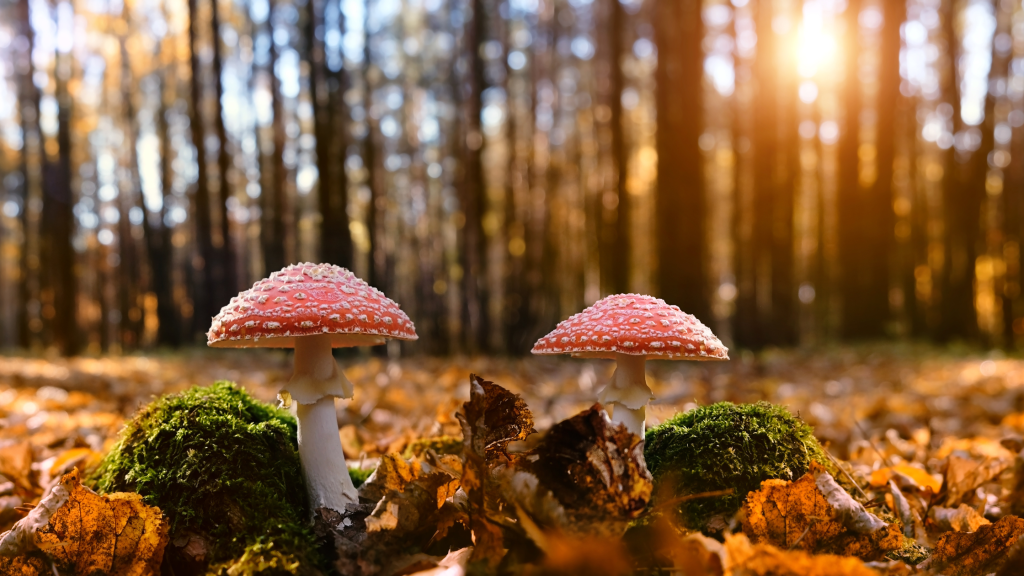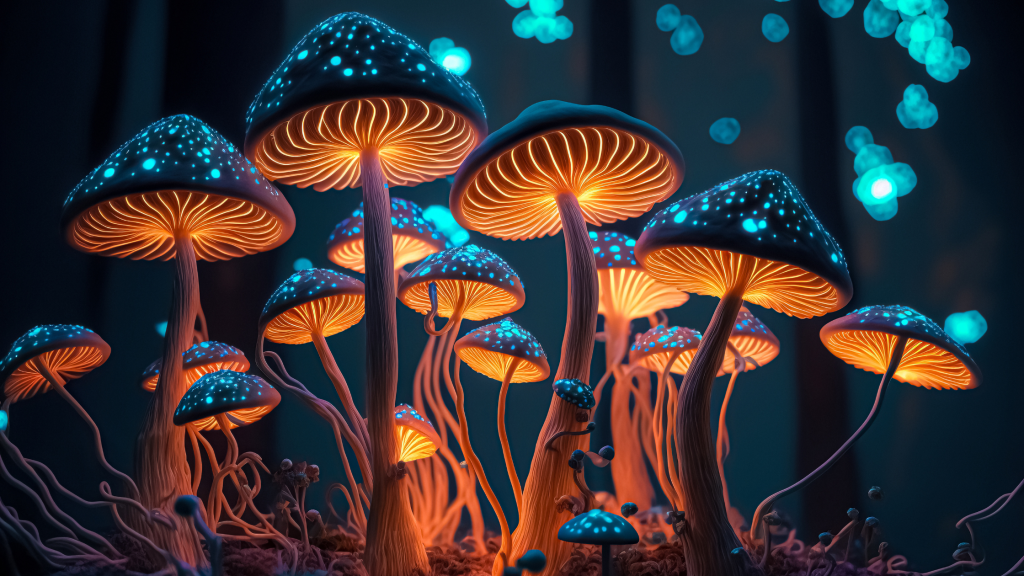The Life and Legacy of Maria Sabina: The Curandera of Magic Mushrooms

In the remote villages of southern Mexico, nestled in the heart of the Sierra Mazateca, lived a woman who would become a legend and an icon in the world of ethnobotany and shamanism. Her name was Maria Sabina, a Mazatec curandera, and a guardian of ancient traditions. Maria Sabina’s life was intricately woven with the sacred rituals and healing practices of her indigenous people, and she is most renowned for her use of psilocybin-containing mushrooms in spiritual and therapeutic ceremonies. Let’s explore the life and legacy of Maria Sabina, a remarkable figure who bridged the gap between ancient wisdom and the modern world.
Early Life and Spiritual Awakening
Maria Sabina was born on July 22, 1894, in Huautla de Jiménez, a small town in Oaxaca, Mexico. She was a member of the Mazatec indigenous community, and her early life was marked by poverty and hardship. Her family’s livelihood was tied to farming, and they struggled to make ends meet.
Maria Sabina’s spiritual journey began in her early adolescence when she experienced her first encounter with the sacred mushrooms, locally known as “niños santos” or “sacred children.” These mushrooms contain psychoactive compounds, including psilocybin, that have been used for centuries by the Mazatec people in healing and divination ceremonies. Sabina’s transformative experience with the mushrooms would set her on a path towards becoming a respected curandera, a healer, and a spiritual guide.
Becoming a Curandera
After her initial experience with the sacred mushrooms, Maria Sabina continued to work with them and learn their mysteries. She started conducting healing ceremonies using the mushrooms to help people in her community, addressing physical, mental, and spiritual ailments. Her reputation as a curandera quickly grew, and people from near and far sought her guidance and healing.
Maria Sabina’s approach to mushroom ceremonies was deeply rooted in the traditions of her people. Her rituals incorporated chants, prayers, and offerings to the spirits of the mushrooms, as well as the use of sacred music and candlelight. These ceremonies were a bridge between the physical and spiritual realms, and she believed that the mushrooms were messengers of divine wisdom.
Encounters with Western Scholars
In the 1950s, Maria Sabina’s fame spread beyond her community when she was discovered by a group of Western scholars and adventurers interested in psychedelic experiences and indigenous traditions. One of the most notable figures to visit her was R. Gordon Wasson, a banker and amateur ethnomycologist, who documented his experiences with Sabina and the mushrooms in Life magazine in 1957. Wasson’s writings brought worldwide attention to Maria Sabina and the Mazatec mushroom ceremonies.
The Legacy of Maria Sabina
Maria Sabina’s encounters with Westerners had both positive and negative consequences. On the one hand, her work helped preserve and promote the indigenous traditions of the Mazatec people, bringing attention to their deep connection to nature and the healing properties of the mushrooms. On the other hand, the influx of outsiders seeking psychedelic experiences had a significant impact on her community, leading to exploitation and cultural appropriation.
Despite the challenges she faced, Maria Sabina remained committed to her role as a curandera and protector of her cultural heritage. She continued to conduct ceremonies and teach her knowledge to those she deemed worthy. She passed away on November 22, 1985, leaving behind a legacy that has inspired countless individuals in their exploration of consciousness, healing, and the interplay between ancient traditions and modern spirituality.
Maria Sabina, the “Curandera of Magic Mushrooms,” is a figure of profound significance in the world of shamanism, ethnobotany, and indigenous spirituality. Her dedication to preserving and sharing the ancient traditions of the Mazatec people, particularly the use of sacred mushrooms, has left an indelible mark on the modern understanding of the potential of psychedelics for healing and spiritual growth.
Maria Sabina’s story reminds us of the importance of respecting and preserving indigenous wisdom and traditions, while also exploring the potential for transformation and healing that lies within the natural world. Her life and legacy continue to inspire seekers of spiritual growth and understanding, offering a bridge between ancient traditions and the challenges of our modern world.





